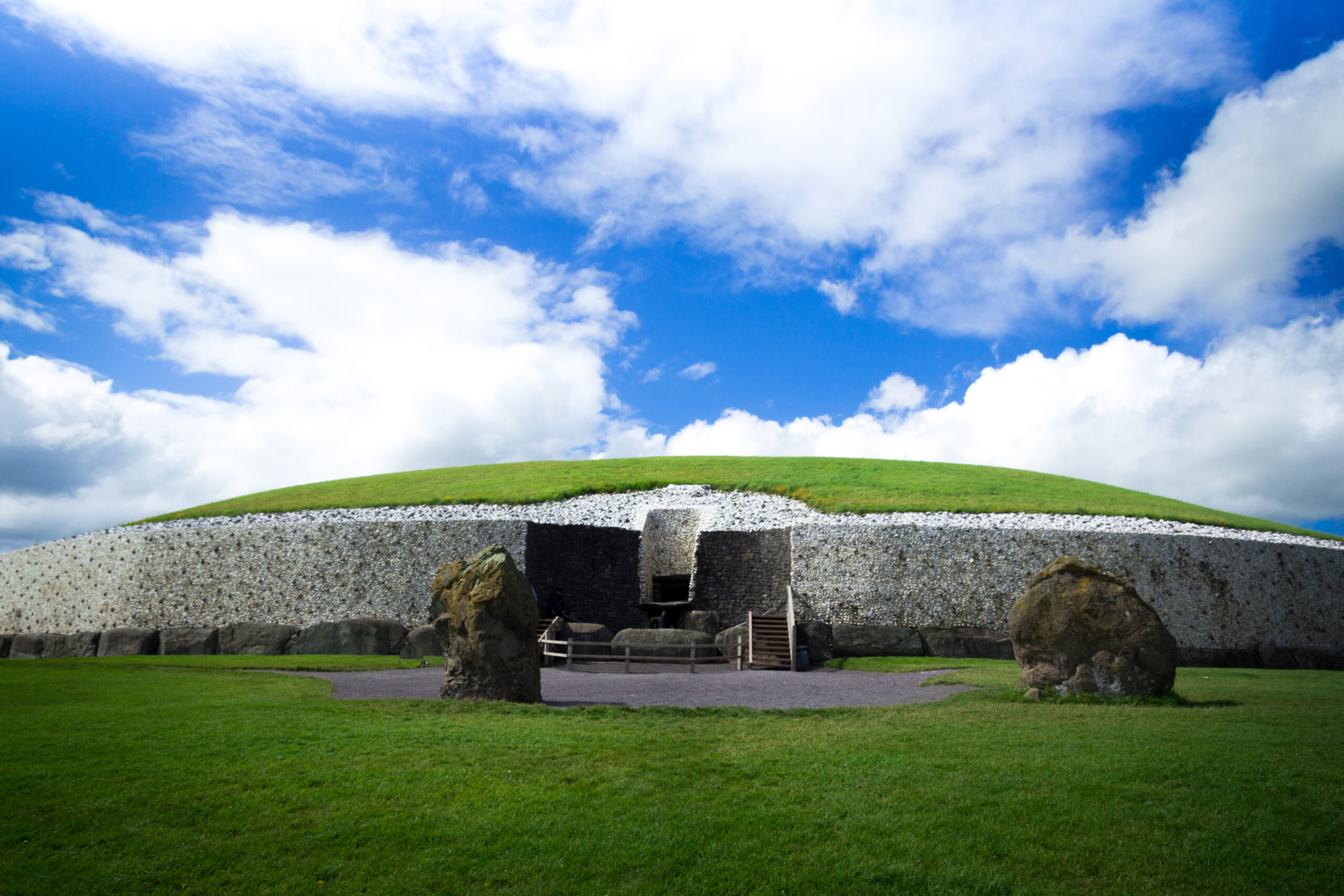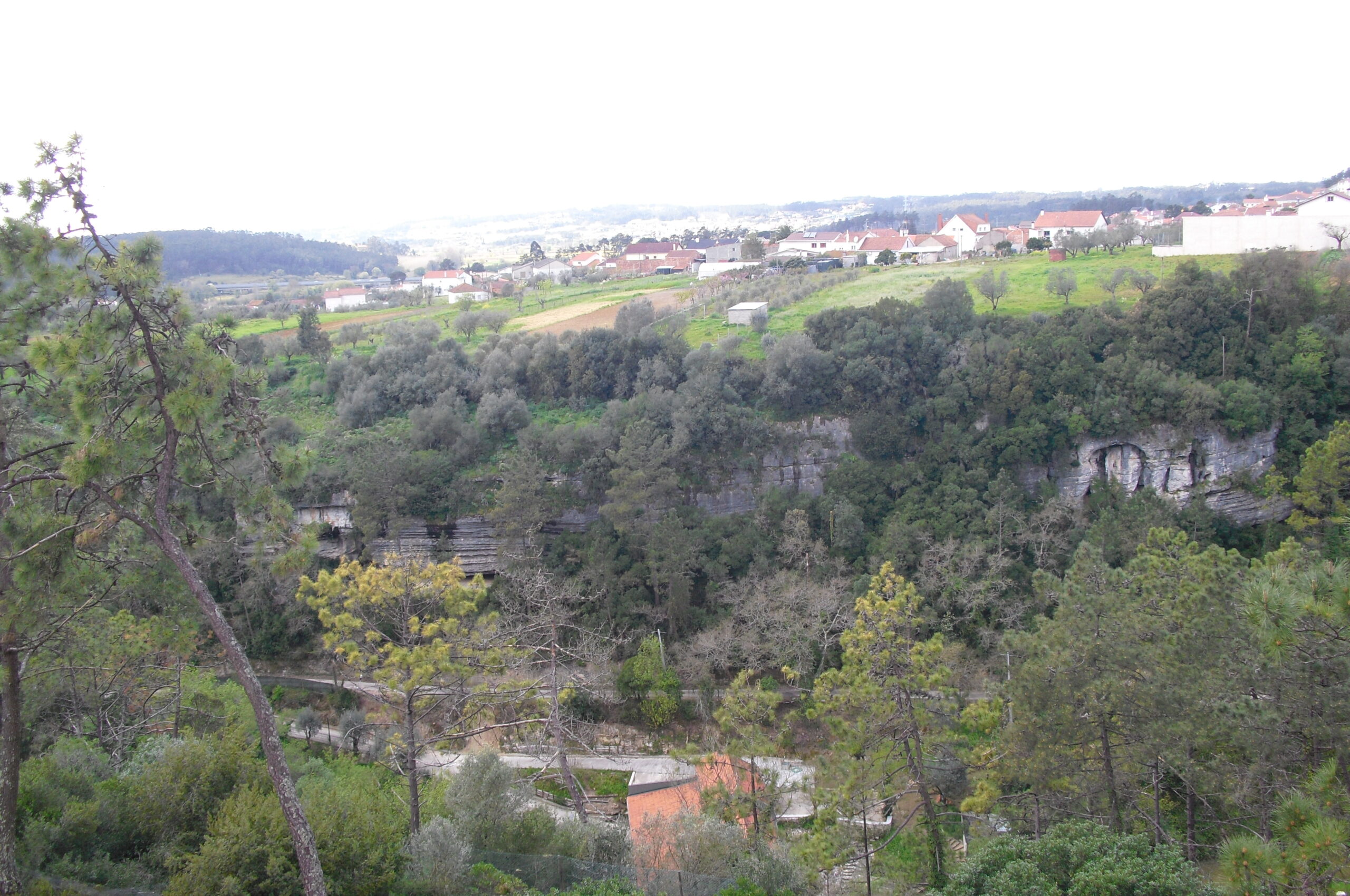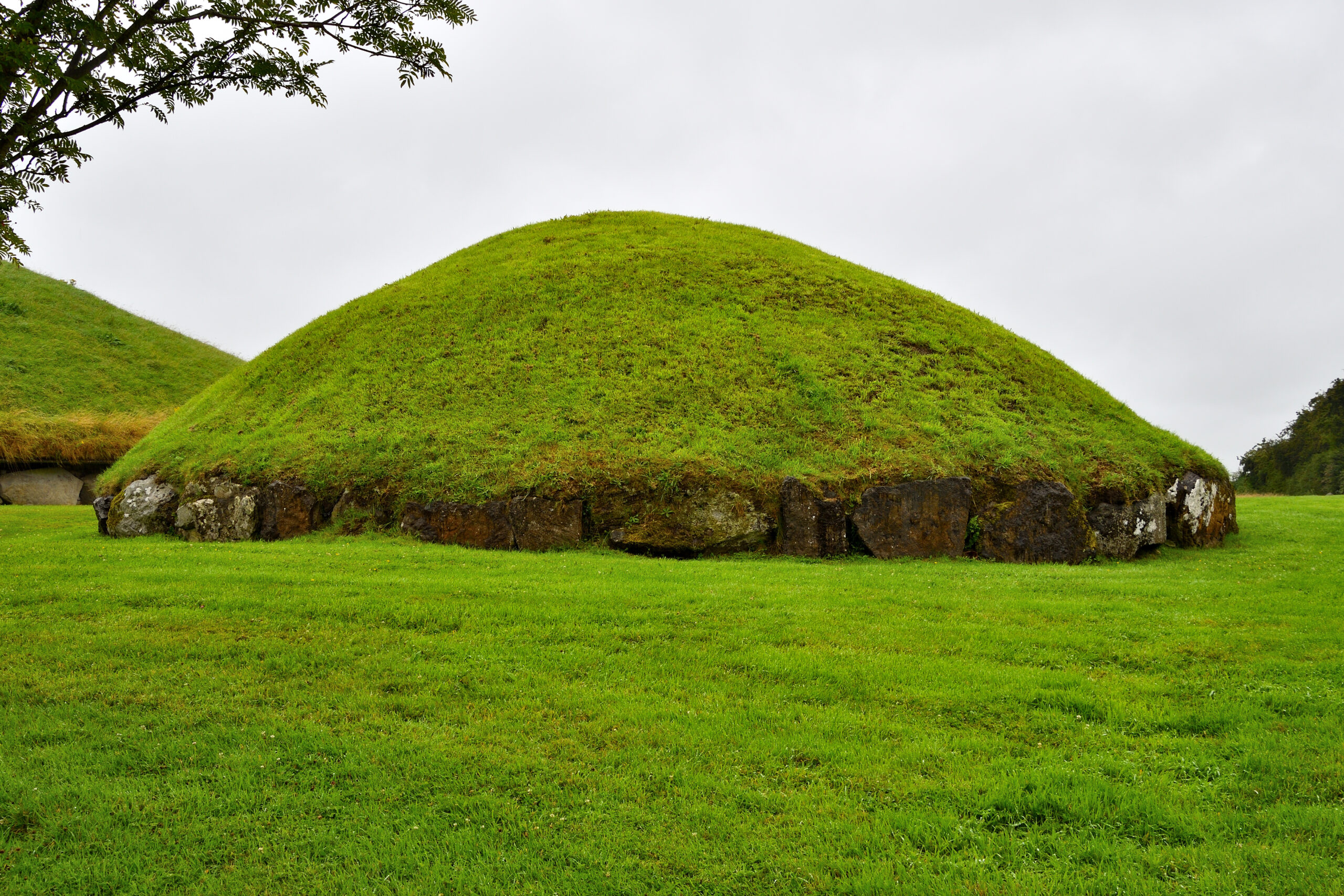Ancient cemeteries carry secrets about humanity’s earliest beliefs and traditions surrounding death. Scattered across different continents, these burial sites showcase the diversity of ancient practices and provide clues about life in early civilizations. Each of these sites, some dating back over 10,000 years, preserves graves that tell stories of culture, respect, and community. Here are some of the oldest known cemeteries in the world, each with unique history and details.
Göbekli Tepe Burial Site – Turkey

Göbekli Tepe, in southeastern Turkey, is one of the oldest ritual sites known, dating back to around 9600 BCE, making it over 11,600 years old. While it’s primarily a ceremonial complex, it also served as a burial site, with remains of human bones found scattered around the structures. Though exact numbers of individual graves have not been confirmed, evidence suggests dozens of burials may have taken place within or around the site. Göbekli Tepe’s large, carved stone pillars depict animals and other symbols, hinting at spiritual beliefs tied to death. The site’s combination of tombs and sacred architecture highlights its role as both a burial ground and a center of early religious activity. This unique blend of ritual and burial practices underscores its significance in ancient cultural expression.
Carrowmore Megalithic Cemetery – Ireland

Carrowmore, located in County Sligo, Ireland, is one of Europe’s oldest and largest megalithic cemeteries, dating to around 3700 BCE, or roughly 5,700 years ago. This site consists of over 30 stone tombs, each crafted with large boulders in circular and passage-style arrangements. Archaeologists estimate that more than 100 individual burials took place at Carrowmore, indicating its importance as a communal cemetery. The tombs contain chambers with remains and stone tools, revealing insights into early burial practices in Ireland. Many of the stones bear carvings, hinting at symbolic connections to beliefs surrounding death and the afterlife. Carrowmore’s scale and complex stone structures reflect its role as a significant ritual center in ancient Irish culture.
Çatalhöyük Burial Site – Turkey

The Çatalhöyük site in central Turkey dates back to approximately 7500 BCE, making it over 9,500 years old. Situated within an ancient settlement, Çatalhöyük is notable for its unique burial tradition of interring the deceased beneath the floors of family homes. Archaeologists have found nearly 400 individual burials in various homes across the site, many accompanied by personal items like jewelry, tools, and weapons. These grave goods reflect a belief in an afterlife or continued bond between the living and their ancestors. The choice to bury loved ones within living spaces shows a profound connection between daily life and remembrance. Çatalhöyük’s burial practices highlight early cultural significance attached to family and the home, blending life and death within a single space.
Newgrange Passage Tomb – Ireland

Newgrange, located in County Meath, Ireland, dates back to about 3200 BCE, making it over 5,200 years old. This large circular mound, crafted with stones and turf, contains a 19-meter passage leading to a central chamber with multiple burial slots. Archaeologists estimate the site held at least 100 individual burials, with skeletal remains discovered within the passage and central chamber. Newgrange is famous for its alignment with the winter solstice, when sunlight illuminates the inner chamber, suggesting ties to celestial beliefs. This architectural marvel stands as one of Ireland’s most famous prehistoric monuments. The combination of burial and ritual aspects in Newgrange points to a sophisticated understanding of death and spirituality in ancient Ireland.
Ur Cemetery – Iraq

The cemetery at Ur, located in modern-day southern Iraq, dates to around 2600 BCE, making it over 4,600 years old. The site contains over 2,000 graves, including the Royal Tombs, which provide insight into ancient Mesopotamian burial practices. Many tombs in Ur’s cemetery contain lavish offerings, such as jewelry, pottery, and ornaments, revealing a hierarchical society where the elite received elaborate burials. The Royal Tombs, in particular, are adorned with gold artifacts and intricate carvings, underscoring the wealth and status of individuals buried there. This cemetery’s structure and grave contents indicate beliefs in the afterlife and elaborate funerary rites. Ur’s cemetery offers a rich perspective on social structure, religion, and the concept of life beyond death in ancient Mesopotamia.
Ain Ghazal Burial Site – Jordan

Ain Ghazal, situated near Amman in Jordan, dates back to around 7250 BCE, making it approximately 9,200 years old. This Neolithic site features several burial pits, with an estimated 200 individual graves scattered across the settlement. Some burials include clay figurines and symbolic items, suggesting early ritualistic practices or spiritual beliefs. The graves are simple but often include figurative sculptures, possibly representing ancestors, hinting at ancestor worship. The community-focused burial sites indicate the early people’s dedication to preserving a connection with the deceased. Ain Ghazal highlights an early form of reverence for the dead, showing the importance of community in death as well as life.
Khirokitia Neolithic Cemetery – Cyprus

Khirokitia, an ancient Neolithic settlement in Cyprus, dates back to around 7000 BCE, making it over 9,000 years old. Within this site, archaeologists have uncovered around 100 individual graves, many located within circular stone structures. The deceased were interred with personal belongings, suggesting that people believed in providing for the afterlife. Burials were often placed in communal areas rather than isolated tombs, highlighting a collective approach to death. This setup of communal graves showcases the Neolithic society’s respect for community bonds and shared traditions. Khirokitia’s cemetery reflects a well-organized ancient society, offering a unique view of early Mediterranean burial practices and communal life.
Dolmen de Menga – Spain

Dolmen de Menga, located in Antequera, Spain, is one of Europe’s oldest megalithic tombs, dating back to around 3700 BCE, making it about 5,700 years old. This remarkable burial site consists of a massive stone structure built using large, upright stones supporting a flat capstone. The dolmen was constructed as a communal tomb, with archaeologists estimating that around 100 individuals were buried here over time. The interior features a deep well, an unusual characteristic in ancient tombs, possibly symbolizing a link to the underworld. This unique design highlights the early belief in a spiritual connection between the living and the deceased. Dolmen de Menga stands as a testament to early architectural prowess and ritual significance in Iberian prehistory.
Hypogeum of Ħal-Saflieni – Malta

The Hypogeum of Ħal-Saflieni, located in Paola, Malta, dates back to around 4000 BCE, making it approximately 6,000 years old. This underground necropolis consists of three levels carved directly into limestone, reaching a depth of over 10 meters. Archaeologists estimate that this extensive complex held the remains of around 7,000 individuals, indicating its role as a major communal burial site. Intricate carvings, red ochre paintings, and stone sculptures decorate the chambers, reflecting a high level of artistry and spiritual dedication. The Hypogeum’s complex structure and careful construction suggest a belief in the afterlife and elaborate ritual practices. This burial site is one of Malta’s most important ancient monuments, revealing the advanced cultural practices of early Maltese society.
Hili Archaeological Park – United Arab Emirates

Hili Archaeological Park, located in Al Ain, United Arab Emirates, dates back to around 3000 BCE, making it around 5,000 years old. This site includes several large, circular tombs and burial chambers, which are believed to have served a small, Bronze Age community. Archaeologists estimate that Hili holds over 200 individual graves, many containing pottery, bronze artifacts, and other items placed as burial offerings. These graves suggest early ritualistic practices and indicate a well-structured social order within the community. The architecture of the tombs reflects unique construction techniques, with stone walls forming carefully arranged circular enclosures. Hili Archaeological Park provides significant insights into early civilization in the Arabian Peninsula.
Ġgantija Temples Burial Site – Malta

The Ġgantija Temples, located on the Maltese island of Gozo, were constructed around 3600 BCE, making this burial site about 5,600 years old. While primarily a temple complex, it also served as a ceremonial burial site, with bones and artifacts found within its chambers. Archaeologists believe that around 100 individuals were interred here, with offerings such as stone tools and animal bones indicating rituals linked to death. The massive stones used in constructing the temple reflect an advanced understanding of architecture, with walls that stand over six meters high. The site’s design and offerings indicate a reverence for the afterlife and the spiritual world. Ġgantija is considered one of Malta’s most iconic prehistoric monuments, illustrating early burial and ceremonial practices.
Lagar Velho Burial Site – Portugal

Lagar Velho, located in the Lapedo Valley of Portugal, dates back to approximately 24,000 BCE, making it over 26,000 years old. This site is known for the discovery of a single burial, a child referred to as the “Lapedo child,” providing unique insights into early human burial practices. The remains were accompanied by red ochre and several grave goods, including animal bones, suggesting symbolic beliefs and ritual offerings. The burial arrangement and artifacts point to possible cultural exchanges between Neanderthals and early modern humans. This grave stands as a significant find in understanding early human development and ritual behavior. Lagar Velho is a rare glimpse into the burial traditions of Ice Age communities in Iberia.
Los Millares Necropolis – Spain

The Los Millares necropolis, near Almería in Spain, dates back to around 3200 BCE, making it over 5,200 years old. This extensive burial site includes over 80 megalithic tombs, each constructed with large stone slabs forming chambers and passageways. Archaeologists estimate that the necropolis held several hundred graves, indicating it served as a communal burial ground for a sizable population. Many of the graves contain artifacts such as pottery, weapons, and jewelry, reflecting a complex social structure with distinctions in wealth and status. The necropolis’s layout suggests organized burial practices, with some graves featuring elaborate structures and carvings. Los Millares provides a glimpse into the social organization and spiritual beliefs of early Iberian communities.
Knowth Burial Mound – Ireland

Knowth, situated in County Meath, Ireland, dates back to approximately 3200 BCE, making it around 5,200 years old. This ancient site is part of the Brú na Bóinne complex and consists of a large burial mound surrounded by smaller satellite tombs. Archaeologists estimate that over 200 individuals were buried here, with remains placed in stone-lined chambers within the mounds. Knowth features extensive carvings and symbolic artwork, with many stones adorned with spirals, circles, and other motifs linked to spiritual beliefs. The burial site is aligned with the equinoxes, suggesting a connection between burial practices and celestial events. Knowth reflects sophisticated engineering and spiritual depth, making it one of Ireland’s most treasured ancient sites.
Tomb of Amarna – Egypt

The Tomb of Amarna, located in modern-day Amarna, Egypt, dates back to approximately 1353 BCE, making it over 3,300 years old. This cemetery is part of the Amarna necropolis, established as the royal burial site during the reign of Pharaoh Akhenaten. It contains dozens of individual graves, including the remains of elite individuals and members of the royal family. The tombs are intricately decorated, with scenes depicting royal life, religious ceremonies, and offerings to the sun god Aten. The architecture and artwork reflect the unique monotheistic beliefs promoted by Akhenaten, who shifted the religious focus to the sun disk, Aten. The Tomb of Amarna is a significant example of ancient Egyptian burial practices and religious transition, capturing a unique period in Egyptian history.
This article originally appeared on Rarest.org.
More from Rarest.org
10 Oldest Monotheistic Religions in The World

Monotheistic religions, those centered on the belief in a single god, have shaped human history for thousands of years. Read More.
13 Traditional Farming Methods Under Threat from Industrialization

Traditional farming methods have long been the foundation of sustainable agriculture in various parts of the world. Read More.
18 Vintage Toys from the 80s and 90s That Are Surprisingly Valuable

Nostalgia has a way of making everyday items from our childhood feel priceless, but for some vintage toys from the 80s and 90s, that feeling has turned into real value. Read More.
